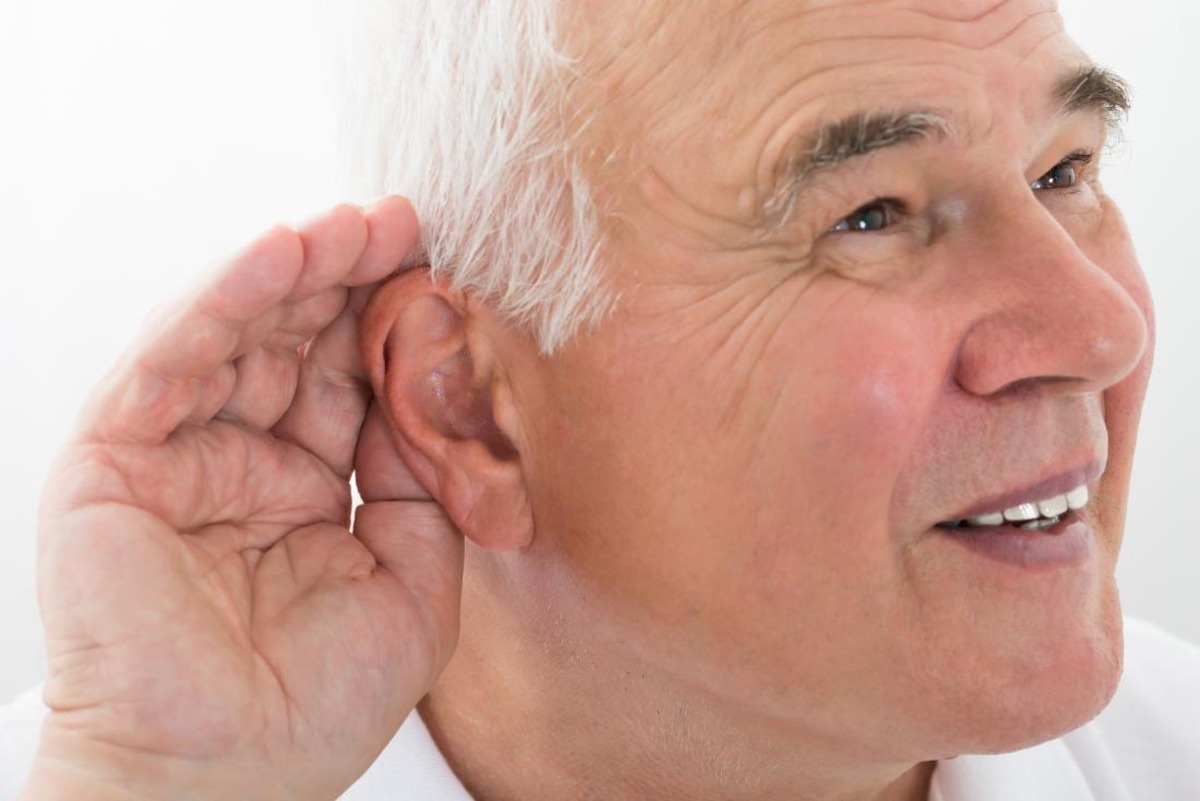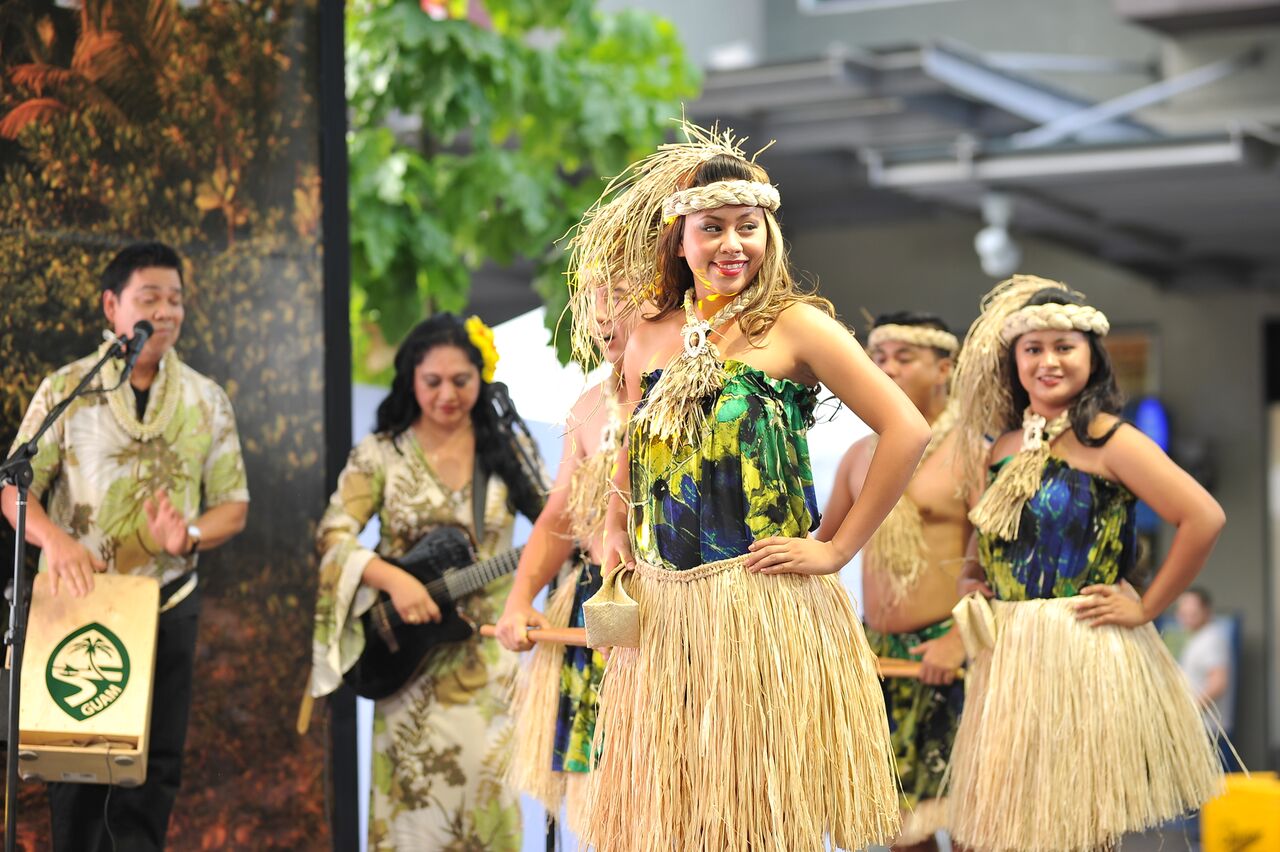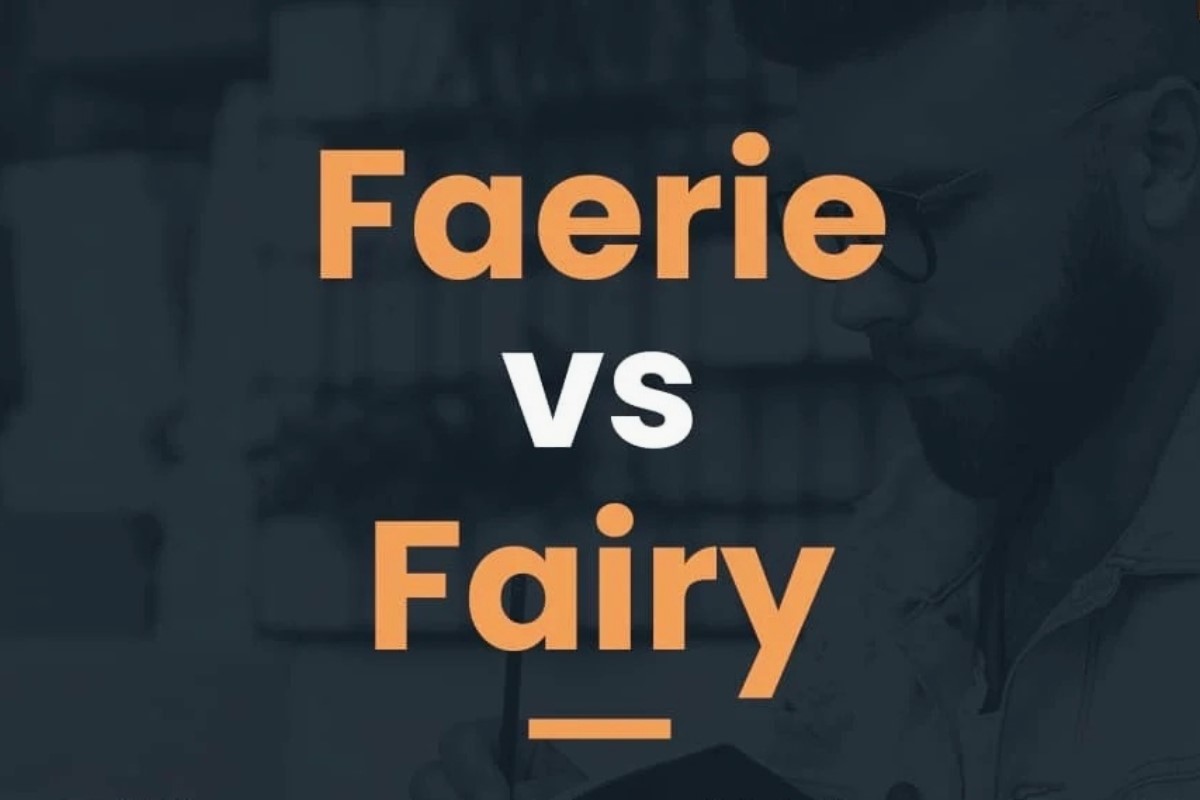Home>Health and Wellness>The Surprising Link Between Tone Deafness And Social Communication


Health and Wellness
The Surprising Link Between Tone Deafness And Social Communication
Published: January 30, 2024
Discover the unexpected connection between tone deafness and social communication. Explore the impact on health and wellness in this insightful article.
(Many of the links in this article redirect to a specific reviewed product. Your purchase of these products through affiliate links helps to generate commission for Noodls.com, at no extra cost. Learn more)
Table of Contents
Introduction
Are you someone who struggles to carry a tune or recognize melodies? Perhaps you've been labeled as "tone deaf" by friends or family. While this term is commonly used in jest, it may surprise you to learn that tone deafness, also known as amusia, goes beyond simply being unable to hit the right notes during karaoke night. In fact, recent research has unveiled a fascinating connection between tone deafness and social communication, shedding light on how this condition can impact our interactions with others.
In this article, we'll delve into the intricate relationship between tone deafness and social communication, exploring the underlying mechanisms that link these two seemingly unrelated domains. By gaining a deeper understanding of tone deafness and its implications for social interaction, we can uncover valuable insights that may reshape the way we perceive this condition and its potential impact on individuals' lives.
So, join me as we embark on a journey to unravel the surprising link between tone deafness and social communication. Get ready to uncover the mysteries of the human brain and how it shapes our musical abilities and social interactions. Let's explore the fascinating world of tone deafness and its implications for our daily lives.
Understanding Tone Deafness
Tone deafness, scientifically referred to as amusia, is a condition characterized by the inability to discern pitch and tone in music. Individuals with amusia often struggle to recognize familiar melodies, differentiate between musical notes, or replicate simple tunes accurately. While the term "tone deaf" is commonly used in colloquial conversations, the reality of amusia extends far beyond a mere lack of musical talent.
Amusia can manifest in various forms, ranging from a mild difficulty in distinguishing pitch differences to a profound inability to perceive musical tones altogether. This condition is not related to a lack of exposure to music or a disinterest in musical activities; rather, it is rooted in the brain's processing of auditory information.
Research has revealed that tone deafness is more prevalent than previously thought, affecting a significant portion of the population. While some individuals may exhibit subtle signs of amusia, others experience a pronounced impairment in their musical perception, impacting their overall musical experiences.
One of the defining characteristics of amusia is the persistence of the condition across different musical contexts. Whether listening to a symphony orchestra or attempting to sing along with a familiar tune, individuals with amusia consistently struggle to grasp the nuances of pitch and melody. This persistent difficulty in perceiving and reproducing musical elements sets amusia apart from temporary lapses in musical ability and highlights the underlying neurological underpinnings of the condition.
Moreover, the impact of tone deafness extends beyond the realm of music. Individuals with amusia may encounter challenges in everyday scenarios that require accurate auditory processing, such as following verbal instructions, detecting changes in intonation during conversations, or interpreting emotional cues conveyed through vocal inflections. These difficulties in social communication can pose significant hurdles in various interpersonal interactions, potentially influencing individuals' confidence and social integration.
As we continue to unravel the complexities of tone deafness, it becomes evident that this condition encompasses a spectrum of experiences, each with its unique implications for individuals' musical and social interactions. By delving into the intricacies of amusia, we can gain a deeper appreciation for the diverse ways in which our auditory abilities shape our experiences and interactions in the world around us.
Social Communication and Tone Deafness
The intricate web of social communication relies heavily on our ability to perceive and interpret auditory cues, including vocal intonations, subtle changes in pitch, and emotional nuances conveyed through speech. For individuals with tone deafness, navigating this auditory landscape presents a unique set of challenges that can significantly impact their interactions with others.
At the core of social communication lies the exchange of verbal and nonverbal signals that convey a myriad of emotions, intentions, and relational dynamics. From the lilt of a friend's voice signaling excitement to the comforting cadence of a loved one's words, our ability to discern and respond to these auditory cues plays a pivotal role in fostering meaningful connections and understanding the nuances of human interaction.
However, for individuals with tone deafness, the intricacies of vocal intonation and emotional inflections can pose formidable barriers to effective communication. The challenges in accurately perceiving and interpreting these auditory cues may lead to misunderstandings, misinterpretations, and a sense of disconnect in social settings. Furthermore, the inability to discern subtle changes in pitch and tone can hinder individuals' capacity to convey their own emotions and intentions through speech, potentially impacting their ability to express themselves authentically.
In the context of group conversations and social gatherings, individuals with tone deafness may encounter difficulties in following the flow of discussions, discerning shifts in conversational dynamics, and gauging the emotional tenor of the interaction. These challenges can contribute to feelings of social unease, self-consciousness, and a sense of being out of sync with the communicative rhythms of those around them.
Moreover, the impact of tone deafness on social communication extends beyond verbal interactions, encompassing the realm of nonverbal cues and social cues conveyed through vocal expressions. From the subtle nuances of laughter to the melodic contours of storytelling, individuals with tone deafness may grapple with deciphering the emotional subtleties embedded in these auditory signals, potentially affecting their ability to connect with others on an emotional level.
As we delve into the intersection of tone deafness and social communication, it becomes evident that the challenges posed by this condition extend far beyond the realm of music, permeating the fabric of interpersonal connections and social dynamics. By shedding light on the intricate interplay between auditory perception and social interaction, we can cultivate a deeper understanding of the multifaceted ways in which tone deafness shapes individuals' experiences within the social tapestry of human communication.
The Brain and Tone Deafness
At the heart of tone deafness, or amusia, lies a fascinating interplay between auditory processing and the intricate neural pathways within the brain. Through neuroscientific investigations, researchers have delved into the neural underpinnings of tone deafness, unraveling the complex interconnections that shape individuals' musical perception and social communication.
Neuroimaging studies have offered profound insights into the neural correlates of tone deafness, shedding light on the regions of the brain implicated in auditory processing and musical cognition. One of the key findings revolves around the structural and functional differences observed in the auditory cortex, a crucial brain region responsible for processing sound and discerning pitch variations. Individuals with tone deafness often exhibit altered activation patterns and connectivity within the auditory cortex, suggesting a potential neural basis for their impaired musical perception.
Furthermore, studies exploring the neural circuitry involved in pitch processing have revealed intriguing disparities between individuals with and without tone deafness. The intricate interplay between the auditory cortex, frontal regions associated with working memory, and the connectivity between these areas plays a pivotal role in shaping individuals' ability to perceive and process musical tones. In individuals with tone deafness, disruptions in these neural networks may contribute to the challenges encountered in accurately discerning pitch variations and recognizing melodic patterns.
Moreover, the neural mechanisms underlying social communication intertwine with the auditory processing pathways, offering compelling insights into the broader implications of tone deafness. The brain regions involved in processing vocal intonations, emotional cues conveyed through speech, and the interpretation of nonverbal auditory signals contribute to the intricate tapestry of social communication. For individuals with tone deafness, the subtle interplay between these neural circuits may manifest as challenges in accurately perceiving and responding to the multifaceted auditory cues embedded within social interactions.
By unraveling the neural intricacies of tone deafness, researchers aim to illuminate the underlying mechanisms that shape individuals' musical and social experiences. This deeper understanding of the neural underpinnings of tone deafness not only paves the way for potential therapeutic interventions but also enriches our appreciation of the diverse ways in which the brain orchestrates our interactions with music and the social world.
As we continue to unravel the mysteries of the brain and its role in tone deafness, we gain valuable insights into the profound interconnections between auditory perception, musical cognition, and social communication. This journey into the neural landscape of tone deafness opens new horizons for understanding the intricate interplay between the brain and our experiences in the musical and social domains.
Implications for Treatment and Education
The profound impact of tone deafness on individuals' musical perception and social communication underscores the critical need for tailored interventions and educational strategies to address the multifaceted challenges associated with this condition. By recognizing the far-reaching implications of tone deafness, we can pave the way for targeted approaches that encompass both therapeutic interventions and educational initiatives.
Therapeutic Interventions
Therapeutic interventions aimed at addressing tone deafness encompass a multidimensional approach that targets both the neurological underpinnings of the condition and individuals' musical experiences. Through targeted auditory training programs, individuals with tone deafness can engage in structured exercises designed to enhance their pitch perception, melodic recognition, and overall musical abilities. These interventions leverage neuroplasticity, harnessing the brain's adaptive capacity to rewire neural circuits involved in auditory processing and musical cognition. By engaging in tailored interventions that cater to their specific needs, individuals with tone deafness can embark on a transformative journey toward improving their musical perception and potentially alleviating the challenges encountered in social communication.
Furthermore, the integration of music-based therapies, such as melodic intonation therapy and rhythmic auditory stimulation, holds promise in enhancing individuals' musical engagement and fostering a deeper connection with auditory stimuli. These therapeutic modalities not only target the core deficits associated with tone deafness but also offer avenues for emotional expression, self-discovery, and social connection through music. By harnessing the inherent emotional and social dimensions of music, individuals with tone deafness can explore novel pathways for self-expression and interpersonal communication, enriching their overall quality of life.
Educational Initiatives
In the realm of education, raising awareness about tone deafness and its impact on social communication is paramount in fostering inclusive learning environments. By integrating tailored educational strategies into music curricula and social communication programs, educators can create supportive spaces that accommodate individuals with tone deafness. Implementing inclusive teaching methods that acknowledge diverse auditory abilities and provide adaptive resources can empower individuals with tone deafness to engage meaningfully with musical experiences and navigate social interactions with confidence.
Moreover, leveraging technology to develop innovative educational tools and resources tailored to individuals with tone deafness can enhance their musical learning experiences. Interactive applications, virtual reality platforms, and adaptive learning modules can offer personalized pathways for individuals to develop their musical skills and gain a deeper understanding of pitch and melody. By harnessing the potential of technology in education, we can unlock new avenues for individuals with tone deafness to cultivate their musical abilities and enrich their social communication skills.
In essence, the implications for treatment and education underscore the transformative potential of targeted interventions and inclusive educational initiatives in empowering individuals with tone deafness. By embracing a holistic approach that encompasses therapeutic interventions and educational advancements, we can foster a supportive and inclusive environment that celebrates the diverse auditory experiences of individuals, paving the way for enhanced musical engagement and enriched social communication.
Conclusion
In the intricate interplay between tone deafness and social communication, we have embarked on a journey that transcends the boundaries of musical perception, delving into the profound implications of this condition on individuals' interactions with the world around them. As we navigate the realms of auditory processing, neural intricacies, and the multifaceted landscape of social communication, a tapestry of insights emerges, illuminating the far-reaching impact of tone deafness on individuals' lives.
The revelation of the surprising link between tone deafness and social communication unveils a narrative that extends beyond musical abilities, encompassing the intricate nuances of human connection and interpersonal dynamics. From the challenges encountered in discerning vocal intonations to the profound neural underpinnings that shape individuals' auditory experiences, the convergence of tone deafness and social communication paints a rich tapestry of diverse experiences and complex interconnections.
At the core of this exploration lies a profound recognition of the diverse ways in which individuals navigate the auditory landscape, each with their unique auditory perceptions and social interactions. The recognition of tone deafness as more than a mere musical limitation, but as a condition that intricately intertwines with social communication, underscores the critical need for inclusive approaches that honor individuals' diverse auditory experiences and foster supportive environments for meaningful engagement.
As we contemplate the implications of tone deafness on treatment and education, we are poised at the threshold of transformative possibilities. From targeted therapeutic interventions that harness the brain's adaptive capacity to educational initiatives that celebrate diverse auditory abilities, the horizon is illuminated with avenues for empowerment, self-discovery, and enriched social connections.
In essence, the journey to unravel the surprising link between tone deafness and social communication transcends the confines of a singular condition, weaving a narrative of resilience, adaptation, and the enduring human spirit. By embracing the diverse auditory experiences of individuals and cultivating inclusive environments that honor these unique perspectives, we pave the way for a world where every voice, in its myriad of tones, melodies, and cadences, resonates within the symphony of human connection.
As we conclude this exploration, the profound link between tone deafness and social communication invites us to embark on a collective journey of understanding, empathy, and inclusivity. Through this shared voyage, we stand poised to elevate the voices of individuals with diverse auditory experiences, celebrating the rich tapestry of human connection that transcends the boundaries of musical perception.














